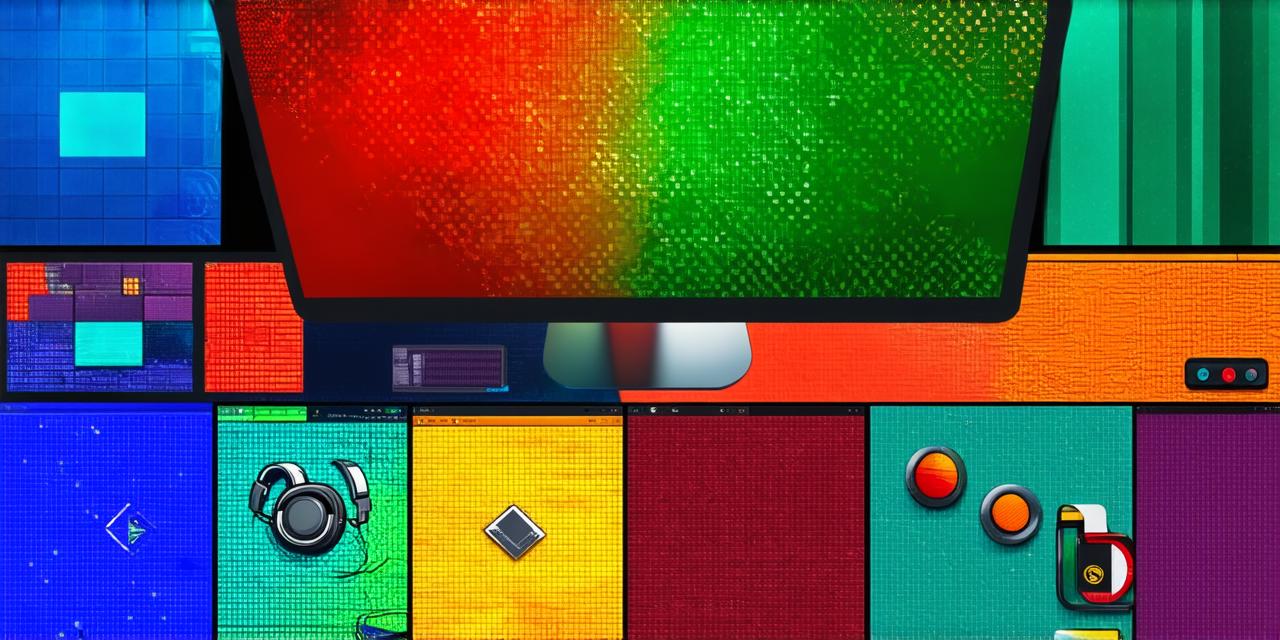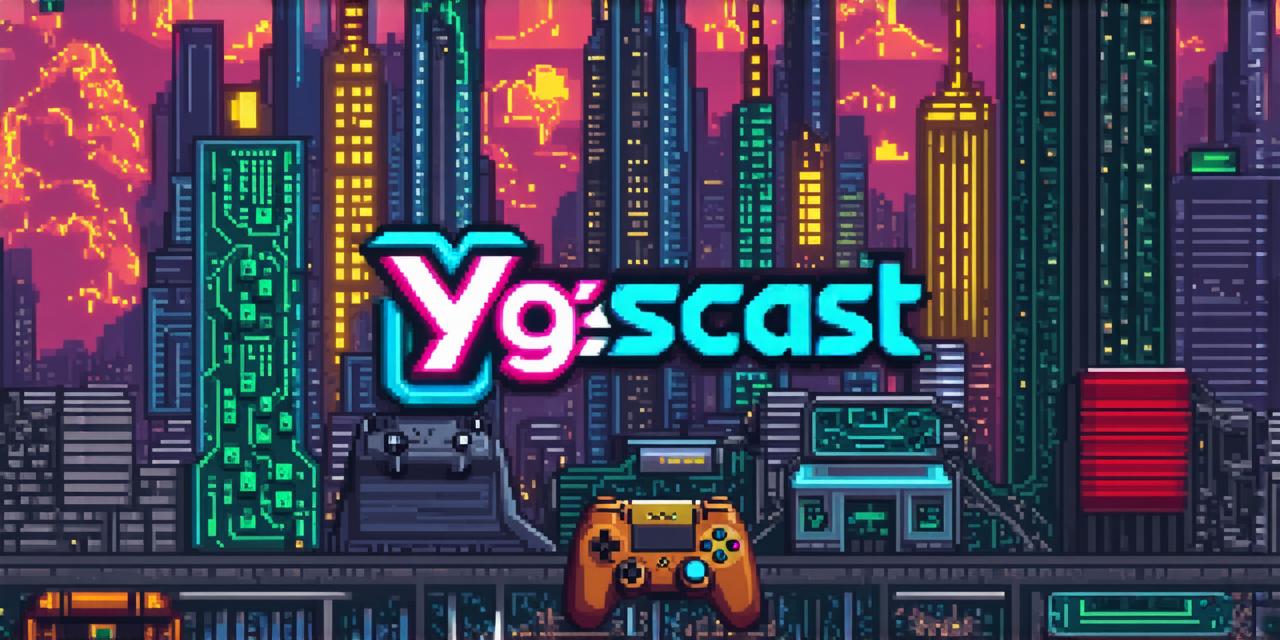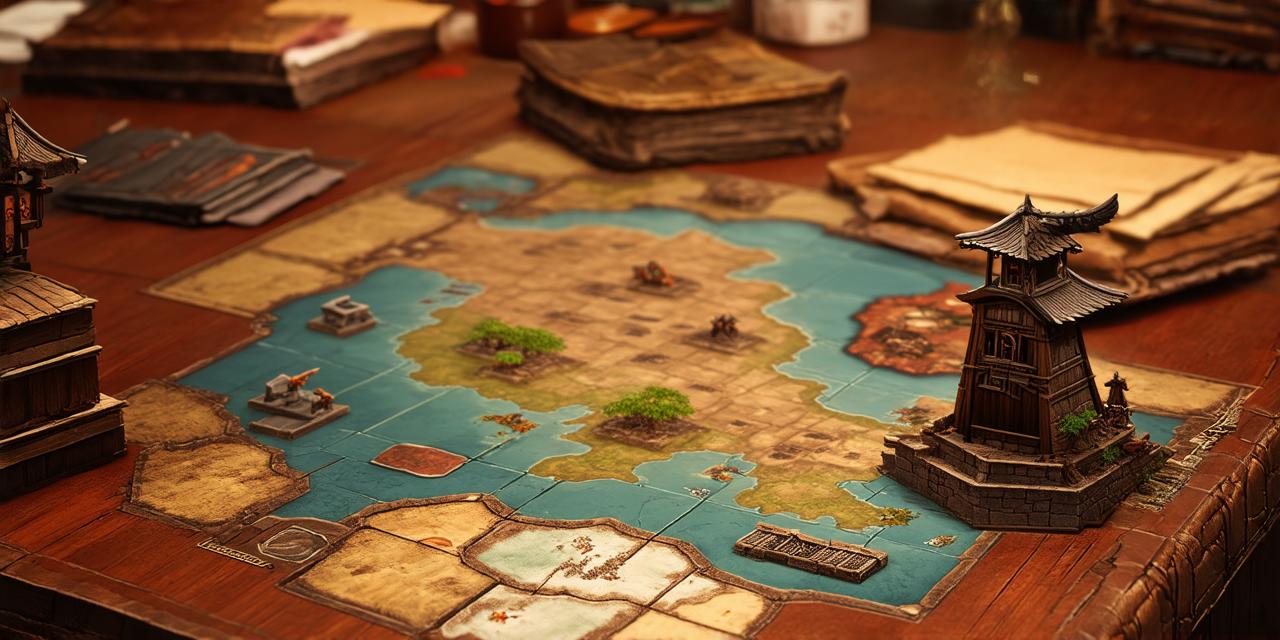Introduction
Developing games can be a fun and exciting hobby that allows you to unleash your creativity. However, it can also be overwhelming for beginners who are not sure where to start. In this article, we will explore different software options available for game development, including their features, benefits, and drawbacks. We will also provide a step-by-step guide on how to use these software tools to create your own games.
1. Introduction
to Game Development Software
There are many types of game development software available, including 2D, 3D, 2D game engines, and more. Each type of software has its own unique features and benefits that make it suitable for different types of games. For beginners, we recommend starting with 2D game engines such as Stencyl or Construct 3. These tools are easy to use and allow you to create games using pre-built assets and templates.
1. Stencyl: A Beginner-Friendly Game Development Software
Stencyl is a popular beginner-friendly game development software that allows you to create 2D games without any coding knowledge. It features an intuitive drag-and-drop interface, which makes it easy for beginners to create games quickly and easily. Stencyl also comes with a library of pre-built assets, including characters, backgrounds, and sound effects, that you can use in your games.
1. Construct 3: Another Beginner-Friendly Game Development Software
Construct 3 is another popular beginner-friendly game development software that allows you to create 2D games without any coding knowledge. Like Stencyl, it features an intuitive drag-and-drop interface that makes it easy for beginners to create games quickly and easily. Construct 3 also comes with a library of pre-built assets that you can use in your games.
1. Unity: A Powerful Game Development Software for Intermediate and Advanced Users
Unity is a powerful game development software that allows you to create both 2D and 3D games. It is widely used by professional game developers and can be used to create games for various platforms, including web browsers, mobile devices, and consoles. Unity supports C scripting, which means you can write custom code to create more complex games.
1.
One of the benefits of using Unity is that it has a large community of developers who create and share assets, plugins, and tools. This allows beginners to access a wealth of resources and support when they need help with their projects. Additionally, Unity supports virtual reality (VR) and augmented reality (AR), which means you can create immersive games that engage players in new and exciting ways.
1.

One downside of using Unity is that it can be more challenging to use than beginner-friendly software like Stencyl or Construct 3. It requires some knowledge of coding and may take longer to learn how to use effectively.
1.
One downside of Stencyl is that it can be limited in terms of customization options. You may find it difficult to create complex games or modify existing assets to fit your specific needs.
1.
One downside of Construct 3 is that it can be more expensive than Stencyl. You may need to purchase a license to use Construct 3, which can be a barrier for some beginners who are just starting out in game development.




